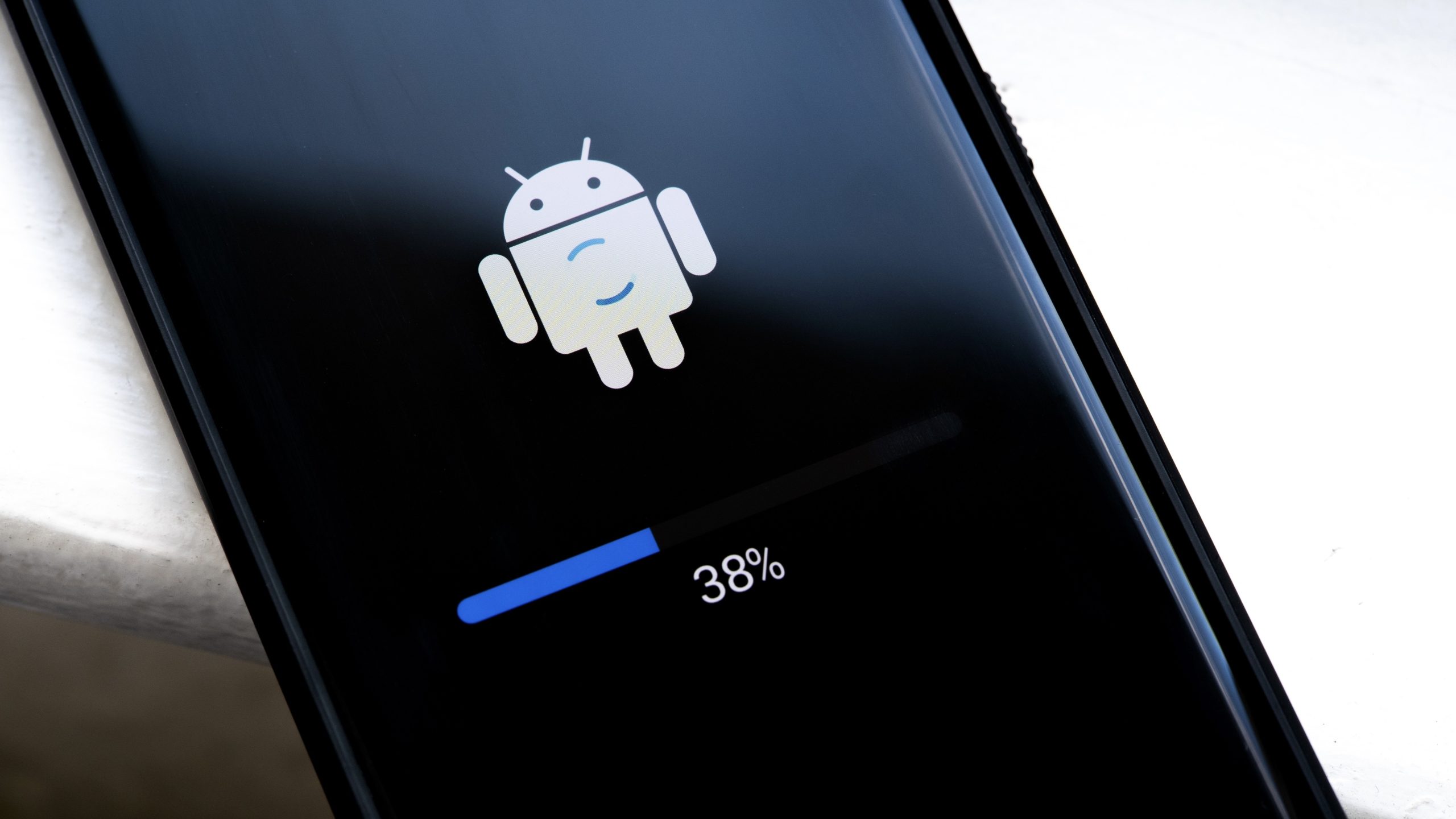Google started rolling out Android 15 back in October, adding a number of interesting and useful new features to compatible devices. Six months later, the company has decided to increase the minimum spec requirements manufacturers must meet in order for their devices to be eligible for the latest Google software. The good news? It’s not that strict.
This week, Android Authority reported that to update to Android 15, Google is now requiring devices to have at least 32GB of storage. That isn’t 32GB of free space; rather, the storage unit itself needs to be 32GB or larger. With Android 14 (and Android 13 before it) that requirement was 16GB, half the amount Android 15 now demands.
That’s in large part because of GMS (Google Mobile Services). GMS is Google’s suite of preinstalled apps and APIs, and includes things like Google Play Store and Google Play Services. While, theoretically, an Android manufacturer could still make a phone with less than 32GB, they would lose out on GMS, which would severely impact the experience users are used to.
Another key change is to minimum RAM requirements. As with Android 14, devices running Android 15 can have a little as 2GB of RAM. However, these devices need to use the “Go edition” of Android, which is the version of the OS optimized for devices with low RAM. The change this year is that devices with 3GB of RAM will also need to use Android Go edition as well. That might be beneficial from a performance point of view, since the software isn’t as taxing on your device’s limited hardware. But that will mean your phone, which may have ran the full version of Android 14, will be running a stripped-down version of Android 15, and may miss out on new features.

Jake Peterson
Senior Technology Editor
Jake Peterson is Lifehacker’s Senior Technology Editor. He has a BFA in Film & TV from NYU, where he specialized in writing. Jake has been helping people with their technology professionally since 2016, beginning as a technical specialist at New York’s 5th Avenue Apple Store, then as a writer for the website Gadget Hacks. In that time, he wrote and edited thousands of news and how-to articles about iPhones and Androids, including reporting on live demos from product launches from Samsung and Google. In 2021, he moved to Lifehacker and covers everything from the best uses of AI in your daily life to which MacBook to buy. His team covers all things tech, including smartphones, computers, game consoles, and subscriptions. He lives in Connecticut.
Lifehacker has been a go-to source of tech help and life advice since 2005. Our mission is to offer reliable tech help and credible, practical, science-based life advice to help you live better.
© 2001-2025 Ziff Davis, LLC., A ZIFF DAVIS COMPANY. ALL RIGHTS RESERVED.
Lifehacker is a federally registered trademark of Ziff Davis and may not be used by third parties without explicit permission. The display of third-party trademarks and trade names on this site does not necessarily indicate
any affiliation or the
endorsement of Lifehacker. If you click an affiliate link and buy a product or service, we may be paid a fee by that merchant.




























